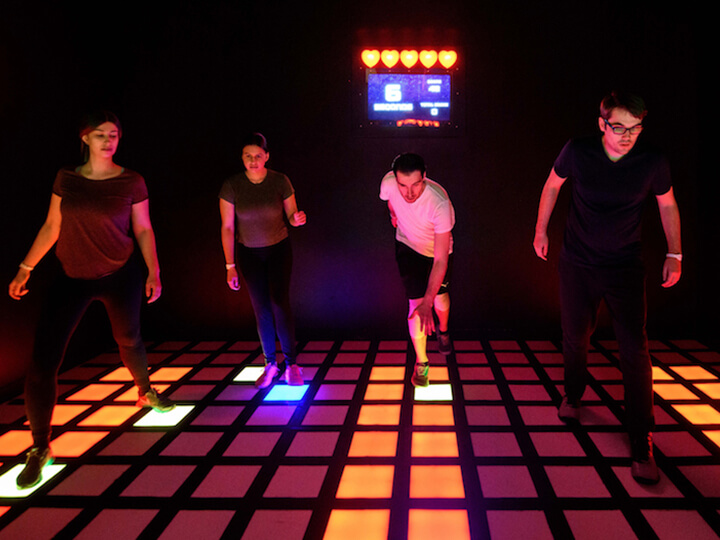
The main hues are crimson, azure, and golden. These hues cannot be be made by mixing other colors combined. Secondary colors, such as green, orange, and violet, are formed by combining main colors. Tertiary colors are formed by mixing a primary hue with a intermediate hue. Grasping these basic relationships helps designers select hues that enhance one another and create a visually pleasing show. Mixing these hues on an LED dance floor can result to vibrant and stimulating outcomes that capture the attention of dancers.
Hue value also holds a crucial part in design. Colors can be classified as hot or cool. Hot hues, such as crimson, orange, and yellow, often to elicit emotions find more info of excitement and warmth. In opposition, chill hues like azure, green, and purple often generate a serene and soothing atmosphere. Designers can use these hue additional resources values to establish the mood for different kinds of occasions. For instance, a party environment may benefit from warm hues that energize the audience, while a further relaxed event might employ chill colors to provide a soothing influence.
In addition to color pairings and value, luminosity and saturation are vital factors to take into account. Luminosity denotes to how light or dark a hue looks, while intensity measures the intensity of a color. Vivid, intense colors can create a lively and lively environment, ideal for dancing floors. On the other hand, gentler, less saturated hues can generate a more subdued environment. Through manipulating brightness and intensity, creators can draw attention to particular areas of the dance floor or create visual pathways, leading participants through the venue.
Ultimately, it is essential to consider the emotional impacts of color in LED dance surface layouts. Different colors can elicit various emotions and reactions. For instance, red is often linked with zeal and vitality, while blue can be calming and peaceful. Understanding these connections enables designers to strategically apply hues to affect the behavior of dancers. Through incorporating color theory into light-emitting diode dancing floor designs, creators can improve the total encounter, making it memorable and enjoyable for everyone involved.